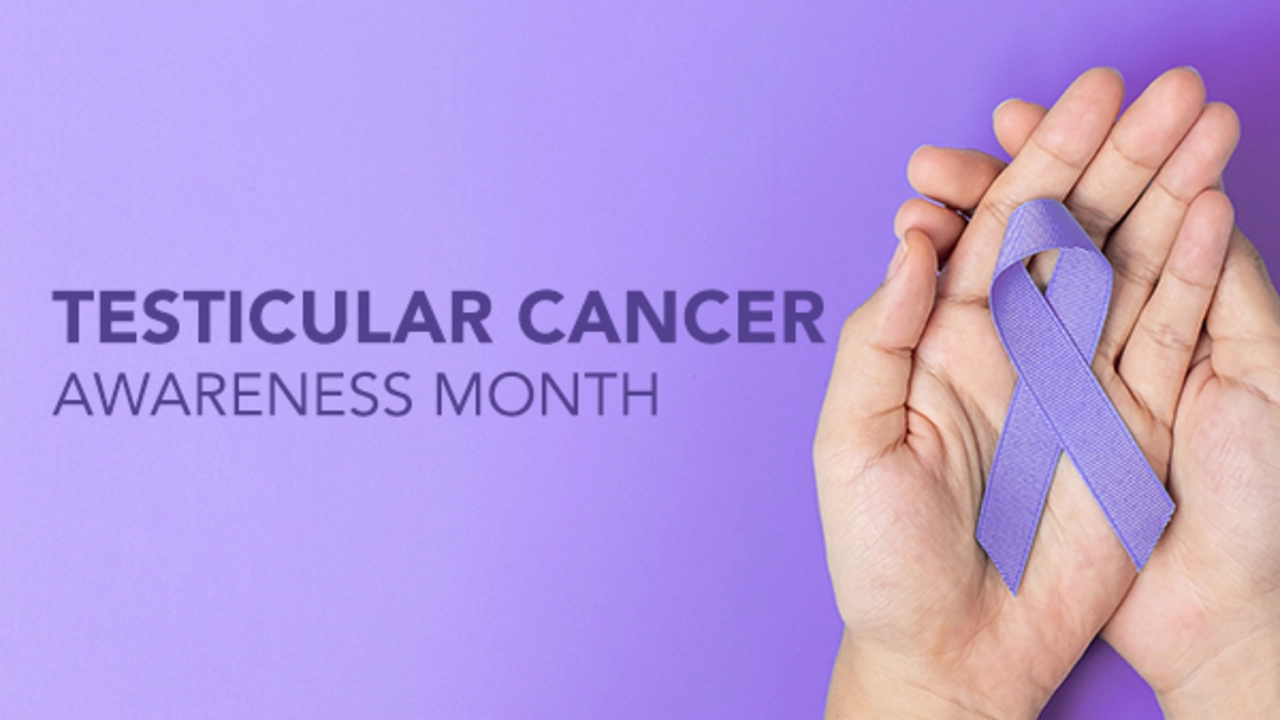Pediatric Cancer: What Every Parent Needs to Know
If your child has been diagnosed with cancer, the world can feel like it’s spinning off its axis. The good news? Pediatric cancer is rare, and doctors have powerful tools to fight it. Below we break down the basics, the most common types, and how you can steer your family through the maze of appointments, labs, and emotional ups and downs.
What Is Pediatric Cancer?
Unlike adult cancers, pediatric cancers often start in the blood or lymph system, not in organs that have been exposed to years of smoking or diet. The two big groups are leukemias (blood cancers) and solid tumors like brain tumors, neuroblastoma, and sarcomas. Leukemia accounts for nearly 30% of all childhood cancers, while brain tumors are the most common solid tumor.
Because children’s bodies are still growing, their cancers behave differently. They tend to spread faster, but they also respond better to chemotherapy and radiation. That's why survival rates have jumped from under 20% in the 1970s to more than 80% today for many cancers.
How Parents Can Navigate Treatment
First step: find a pediatric oncology center. Look for hospitals that are part of the Children’s Oncology Group (COG) – they run the biggest clinical‑trial network for kids. A specialist will order the right mix of blood tests, imaging, and a biopsy to pin down the exact cancer type and stage.
Once the diagnosis is clear, the treatment plan usually includes one or more of these:
- Chemotherapy: drugs that chase cancer cells throughout the body.
- Radiation therapy: precise beams that shrink tumors in one spot.
- Surgery: removal of the tumor when it’s safe to do so.
- Immunotherapy: newer treatments that boost the child’s own immune system to attack cancer.
Ask your doctor about the trial options – many cutting‑edge therapies are only available through research studies, and they’re often covered by insurance.
While the medical side is intense, the emotional side matters just as much. Connect with a child life specialist at the hospital; they can teach coping tricks, manage pain, and keep schoolwork on track. Support groups – both in‑person and online – let families share tips on everything from managing nausea to dealing with insurance paperwork.
Don’t forget to look after yourself. Parents who stay rested, eat well, and keep a short‑term routine for the family tend to give kids the strongest emotional backing. Simple things like a nightly story, a favorite playlist, or a brief walk outside can break the stress cycle.
In short, pediatric cancer is challenging, but you’re not alone. By picking a top‑rated oncology center, staying on top of treatment steps, and leaning on support resources, you give your child the best chance for a full, healthy life. Keep asking questions, keep hoping, and keep moving forward – the science is on your side, and so is a community of families who’ve walked this path before you.

